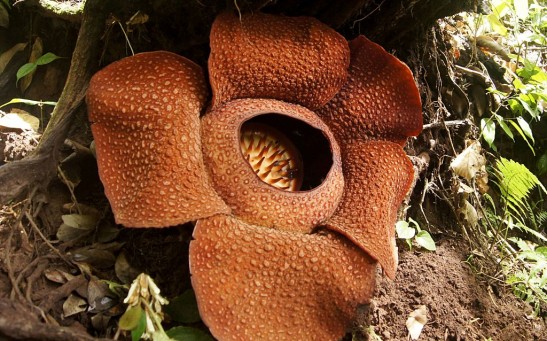flowers
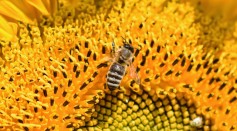
Mystery of How Flowers Mimic the Sexually Attractive Traits of Pollinators Finally Solved
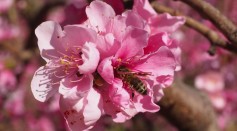
Flowers' Unseen Substance, A 'Bulls-Eye' for Pollinators: How Chemical Changes in Plants Help With Pollination
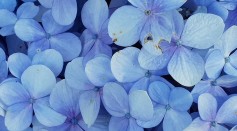
Single Gene APETALA3-3 Contributes to the Sudden Evolutionary Change in Such Species

A New Species of Thismia Calls Attention for Conservation of Fairy Lanterns
Flowers Use Humidity as Invisible Tactic to Attract Bumblebees for Pollination
Glacial Retreat Increases Risks of Alpine Plant Extinction
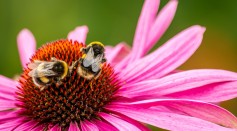
New Study Reveals Large Bumblebees Learn the Best Flowers’ Spots

Flowers Adapt to Climate Change by Changing in Color
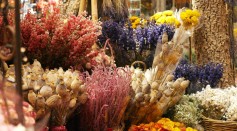
Make Mother's Day Special With These Newest Trends: Dried Flowers!
Suppressing Growth to Make Flowers Grow
Two Flower Species Teach Us How Close Relatives Can Coexist
How to Minimize the Misery of Allergy Season
Flowers That attract The Insect Pollinators Mostly Not Recommended By Garden Centers
Corpse Flowers Bloom In The Chicago Botanic Garden And Create Enthusiasm Among The People
Most Popular

How Technology Is Changing the Real Estate Industry?

How a Plant-Based Diet Can Protect Against Breast Cancer: Insights from Nutrition Research

Study Reveals High Turnover in Scientific Research Careers: What This Means for Future Scientists

Why It's So Difficult to Lose Weight: The Biological Explanation Behind Obesity

